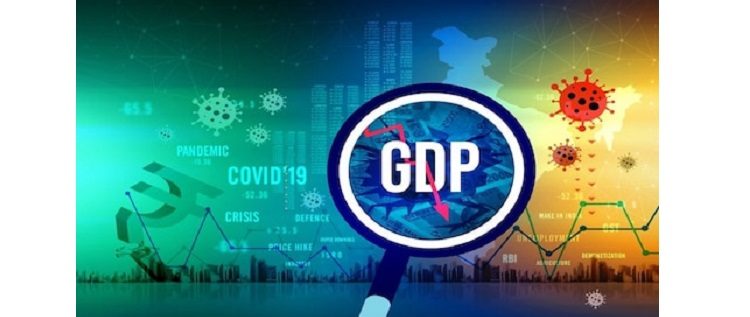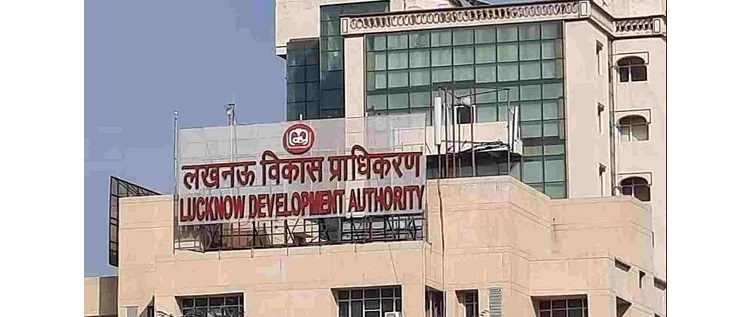E - PAPER
India's Economy Out Of Technical Recession
India's gross domestic product (GDP) for the third quarter (Q3) ended December 2020 stood at 0.4 per cent, government data released on February 26th showed. "GDP at constant (2011-12) prices in Q3 of 2020-21 is estimated at Rs
 BY
Realty Plus
BY
Realty Plus
Published - Monday, 01 Mar, 2021

India's gross domestic product (GDP) for the third quarter (Q3) ended December 2020 stood at 0.4 per cent, government data released on February 26th showed.
"GDP at constant (2011-12) prices in Q3 of 2020-21 is estimated at Rs 36.22 lakh crore, as against Rs 36.08 lakh crore in Q3 of 2019-20, showing a growth of 0.4 per cent," data released by ministry of statistics and programme implementation showed.
With the quarterly growth, India has now exited the technical recession phase. The economy had shrunk by an unprecedented 24.4 per cent in the first quarter this fiscal following the coronavirus pandemic and resultant lockdowns. However, due to spurt in economic activities in the second quarter, the GDP decline narrowed to 7.3 per cent.
The government also revised annual GDP estimates for the fiscal year 2020-21, predicting an 8 per cent contraction, deeper than an earlier estimate of -7.7 per cent.
With further relaxation on activities throughout the country major business and economic indicators such as GST collections, manufacturing PMI, forex reserves, railway freight, merchandise exports and passenger vehicle sales have shown positive sequential in growth in the past couple of months.
Recovery of activities have also been reinforced by some degree of rollout of Covid-19 vaccines, and growing confidence in the market that things are getting back to normal. The economy has returned to the "pre-pandemic times of positive growth rates", a finance ministry statement said after the release of the GDP data, which it said reflected a continued V-shaped recovery.
The recently released Economic Survey had projected Indian economy to contract 7.7 per cent in current fiscal and growth to rebound to 11 per cent next fiscal. Economists have raised their forecasts for the current and next fiscal year, expecting a pick-up in government spending, consumer demand and resumption of most economic activities.
Prime Minister Narendra Modi's government earlier this month rolled out plans to fund a huge vaccination drive, while outlining a slew of tax incentives to boost manufacturing. The Reserve Bank of India (RBI), which has slashed its repo rate by a total of 115 basis points since March 2020 to cushion the shock from the pandemic, has projected growth of 10.5% for the fiscal year starting April.
However, some analysts warn that a recent rise in crude oil prices and a surge of Covid-19 cases in parts of the country may pose risks to the nascent recovery. Moreover, some sectors, such as retail, airlines, hotels and hospitality, are still reeling from the pandemic blow. In another set of government data released, the output of eight core infrastructure sectors grew marginally by 0.1 per cent in January, mainly due to growth in the production of fertiliser, steel and electricity. The core sectors had expanded by 2.2 per cent in January 2020, according to the provisional data released by the commerce and industry ministry on February 26th.
RELATED STORY VIEW MORE
TOP STORY VIEW MORE

Mixed Outlook for Australia's Housing Sector In 2024
Mixed Outlook for Australia's Housing Sector In 2024
05 December, 2024NEWS LETTER
Subscribe for our news letter
E - PAPER
-

CURRENT MONTH 
LAST MONTH














